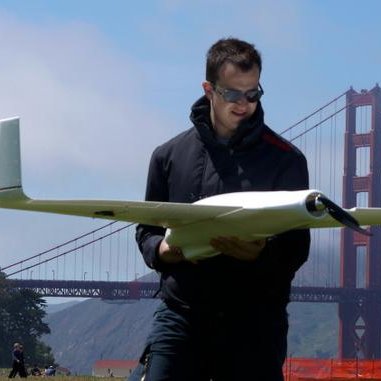The construction industry is poised to be the largest market for commercial drones. That’s according to a recent report by Goldman Sachs, where it estimates drone spending by construction companies to reach $11.1 billion in the next five years.
This estimate is based off the already strong demand for drone technology by the construction industry. According to IHS Global Insight, construction productivity in many areas has worsened over the past decade, and the IHS Herold Global Projects Database estimates that large infrastructure, mining, oil and gas projects on average cost 80 percent more than budgeted and run 20 months behind schedule. Drones are a tool to turn that tide, and are already proving a scalable return on investment.Drones are enabling contractors to attain on-demand aerial views of job sites, real-time measurements of distance, area and stockpile volume, as well as the creation of rich, interactive 3-D maps. The result is tracking job progress, identifying location of equipment, and the measurement of volumes of materials is being done within minutes or hours instead of days and weeks. Construction workers are using this data from anywhere in real-time, enabling remote teams to participate on any job site equipped with a drone, performing quality control, ensuring environmental compliance and helping prevent accidents by spotting risks. Accessible to AllGeneral contractor Brasfield & Gorrie – the $2.3 billion construction giant responsible for the Georgia Dome, the Atlanta Braves stadium (SunTrust Park) and state-of-the-art hospitals – is an industry leader that is already leveraging commercial drones. The company runs its drone operations through its virtual design and construction (VDC) group, a team aimed at improving construction processes through the use of building information modeling (BIM). Equipped with drones, the company has already seen the benefits of speed, safety, accuracy and cost reductions firsthand at a hospital construction site in Florida.These capabilities are now accessible to almost anyone. The Federal Aviation Administration's (FAA) operational rules for small unmanned aircraft systems (drones), Part 107, went into effect on Aug. 29. Part 107 eliminated some of the most significant barriers to commercial drone use. Now, the FAA only requires a “Remote Pilot Certificate,” awarded after passing a written knowledge test at one of hundreds of easily accessible testing centers located around the United States. It’s also significantly more affordable than the previously required $7,000 cost to obtain a license to pilot manned aircraft. Worth the InvestmentThe ROI of using drones on the job site is clear. Lift Technologies, born from Clayco Construction’s internal unmanned aerial vehicle (UAV) research, is an early innovator that started using drones under the older Section 333 ruling, a previously required FAA exemption for flying commercial drones. Among the many things they learned, one of the most valuable was simply that using drone maps significantly improved their client communications and relationships. Clayco’s clientele want to know what is happening on their job sites, and high-quality drone maps help keep everyone up-to-date.Another lesson has to do with the difference in the richness of the dataset between ground-based and drone-based mapping. While a ground-based team may collect thousands of data points when making measurements, a drone can easily collect millions of data points. The result is that local accuracy, at a given point, may still be better with a ground-based team, but a drone can provide a much richer understanding for what’s happening across the entire job site. And it does it in a quarter of the time.If you or your company are considering deploying drone technology to improve efficiency, increase on-site safety and reduce cost, here are a few things you should consider:- Start small: Today’s off-the-shelf prosumer drones are safe, reliable and accurate.
- Start now: Early adopters are already seeing tremendous competitive advantages with drones by better managing their job sites and teams.
- Start simple: Cloud-based software has made it extremely easy to operate a drone, from an operator’s perspective it requires just two taps on a mobile device to autonomously launch a drone to capture imagery.
- Start ROI: The time-to-value with today’s commercial drones is measured in minutes.
















Comments